DIMENSIONS It's small, but also differently proportioned than modern clothes. Remember that the woman who wore it would have worn a corset, and might never have done any manual labor with her arms or shoulders. Contrast the garment's measurements with my body measurements:
We shouldn't take the garment's measurements as a perfect indicator of the body beneath, because bodies can be both squeezed and padded. A 26" waist is not uncommon in teen girls, so it's not hard to imagine that a small woman who corseted since her teens could keep that waist. Or maybe the dress was worn by a teen. Her bust, the same size as mine, would certainly look much bigger over a small waist like that, though! And her hips were certainly padded with bum-rolls, hip "enhancers", petticoats, or whatever she preferred to get the extreme hip-spring so desirable in fashion at the time. To put it briefly, both this garment's wearer and I are hourglass shaped, but her curves were much more extreme than mine and she added a bunch to her hips! I don't know how to measure shoulder girth in a garment, but it's telling that the shoulders of this basque barely fit on my smallest dressform, Mimi. Mimi is currently made into my size by wearing one of my bras and being stuffed in the right places, and the bodice will not close on her. The way the front opening looks on Mimi, close at the top and wide beneath, has a certain rakish style like a pirate's justacorps, but that is not accurate. The correct look of this basque is very buttoned up, from the neck down, and thus pretty conservative. Think Miss Minchin, not Blackbeard! EXTERIOR Click any picture to see it full size. The silk is shattering, which is not uncommon for antique silk, since it was industry practice to soak silks in metallic salts as part of the finishing process. The salts gave shine and crispness to woven silk, and added weight to silk yarns which were sold by weight, but they degrade the fiber over time. Alas, there's no good fix for shattered silk. All I can do is be careful! The striped fabric running down the button-side of the closure is the silk's selvedge. This strip of the fabric makes a little modesty panel, so the shirt or corset-cover worn under the basque wouldn't show through the buttonholes. Another strip of the selvedge is sewn into the nape of the neck, like a locker loop inside the garment. This isn't a jacket, which a woman might take off in public, but maybe she hung it in her room? One thing shown clearly in the picture above is that the Center Front of the bodice is not a straight line, but a curve. More on that later, in a post where I talk about patterning this basque. The sleeves are particularly interesting: the pleats are embroidered down with a variation of feather stitching, from the elbow to the bicep, then released to create the puff of the sleeve cap. The sleeve cap is pleated into the armscye, but not carefully: the two sleeves are different! There's no padding or under-structure to the puff; it is sustained merely by the stiffness of taffeta. I suspect that the pleats being misaligned is important... if the pleats of the bicep were taken into the armscye in the same folds, might not the sleeve cap be prone to folding neatly instead of puffing? But since the neat lower pleats are disturbed and new pleats formed into the armscye, the sleeve cap cannot fold neatly. At least, I think this is the case, but I want to test it in muslin. The burnout velvet contrast fabric is used as an applique (the front triangular pieces are finished separately and then slip-stitched to the bodice), a trim (the back capelet is sewn into the seam of the collar, but otherwise simply hangs free), and an integral piece during construction (the "cuffs" are flat-lining the bottom portion of the sleeve pieces). I am toying with the idea that the front triangles and back capelet thing were meant to imitate a notched collar, as on a jacket, and I wonder if the dressmaker didn't know how (or didn't want to do all the work) to make a real notched collar. The tails at the back look like droopy tuxedo tails. I think they'd look much better with a bustle under them! INTERIOR
The basque got a lot of wear, since it was mended in a few places. There was the tiny rent in the tail, mentioned above, and the buttonholes, which were originally hand-worked with very tiny stitches, then later stabilized with cruder whip-stitches. The boning must have been coming loose, too, because it was sewn in with two different colors of thread and stitch sizes. I don't know whether the front darts were cut out and then sewn, or sewn and then cut and pressed open. The latter method makes the most sense to me: the whole front is one pattern piece, so if you were a dressmaker you could make it up sans darts, then fit it to your client in her corset and get the darts just right on her. That might save you from having to make a muslin. DATING The bodice is definitely from the 1880's, from what's known as the Second Bustle Era. The First Bustle Era, in the 1870's, had much girlier ornaments--ribbons, bows, ruffles--and often had low square necklines. The bustles developed from elliptical hoop skirts, and were enormous and fluffy. Then there was a decade of slim dresses with no bustle, called the "Natural Form", though I've never thought they looked natural at all, because they seemed so stiff and constricted in fashion plates. Then, in the 1880's, the bustle came back, but only in the back of the dress, with the front still looking slim. Instead of girly frills, the fashion was tailored, inspired more by menswear. The popular necklines were V-shapes, mandarin collars, and jacket-like notched lapels. Bodices were generally symmetrical, though the draped skirts beneath might not be. I have found a few other garments, very similar to mine, definitely dated to the 1880's. Here's a remarkable example from witness2fashion: Click the picture to read witness2fashion's blog post about it, including many beautiful pictures of the inside and outside of the dress. I love that it gives me a better idea of what mine might have looked like, in its heyday. I am particularly fascinated by how the collar could be enlivened by addition of a plastron and/or brooch. Back to my bodice... I think it might be from the latter part of the 1880's, because it has puffed sleeves. Early 1880's sleeves tended to be narrow, but the sleeves of the 1890's ballooned out to magnificent and outlandish proportions. This bodice seems to be the start of the leg-o-mutton sleeve, being puffed at the top but tight below. It's looks like a transitional style, neither one thing nor the other. MY FUN PLANS! I have stored this basque for years, wanting to study and remake it, and now is my chance! I have so much free time during quarantine, which I will need in order to think and experiment. If I make a version for myself, my first consideration is underwear: do I intend to wear it with a corset? I think not. I don't have a Victorian corset, and I want to make something I can mix with my regular clothes. So I think I'll use my sloper pattern and the original basque, and draft a pattern with the fit of the one and the style of the other. The sleeves will be the hardest part. I'll make it up with some fabric from my stash, using the same mix of hand sewing and machine sewing as the original. More on that, soon!
2 Comments
The Sister
5/8/2020 09:07:19 am
Oh, what a beautiful garment! And how exciting to find similar outfits online so you can compare and even see what it must have looked like on its owner! I love the Victorian styles for women (and the Regency styles for men.. yes please!). Do you remember "The Apple Dumpling Gang Rides Again"? I just about swoon when I see the female lead's outfits. The Internet has a staggering dearth of good pictures of her, even though she is stunning, but I found these:
Reply
I can't wait, either! I have already patterned it... so I'll start sewing today... maybe blog about the patterning tonight. It took me two full days to get a pattern, and then condensing and clarifying the process for the blog is a totally different mental exercise.
Reply
Leave a Reply. |
Karen Roy
Quilting, dressmaking, and history plied with the needle... Sites I EnjoyThe Quilt Index Categories
All
Archives
March 2024
|
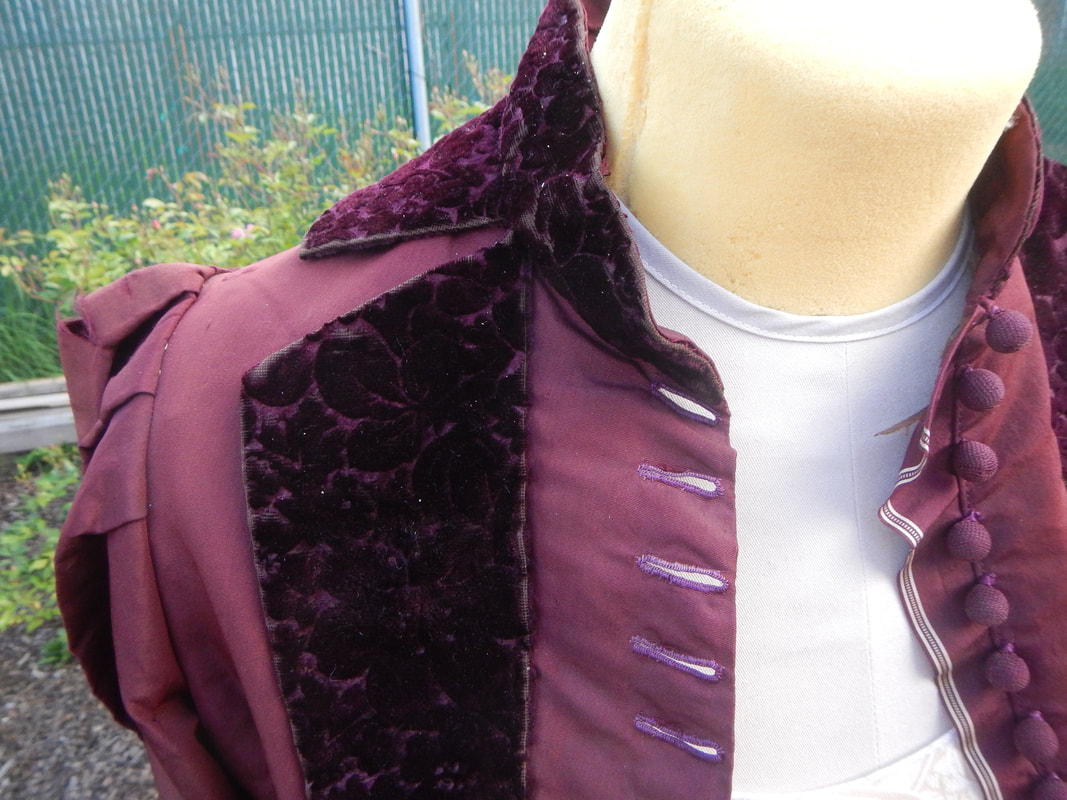
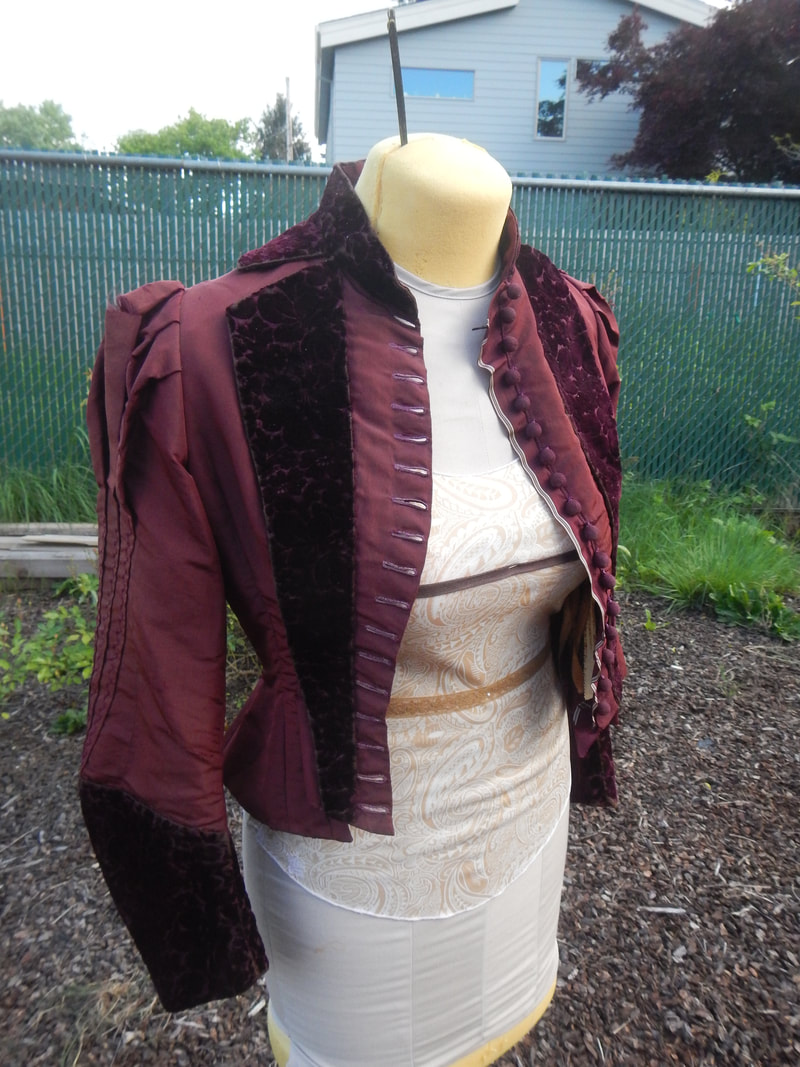
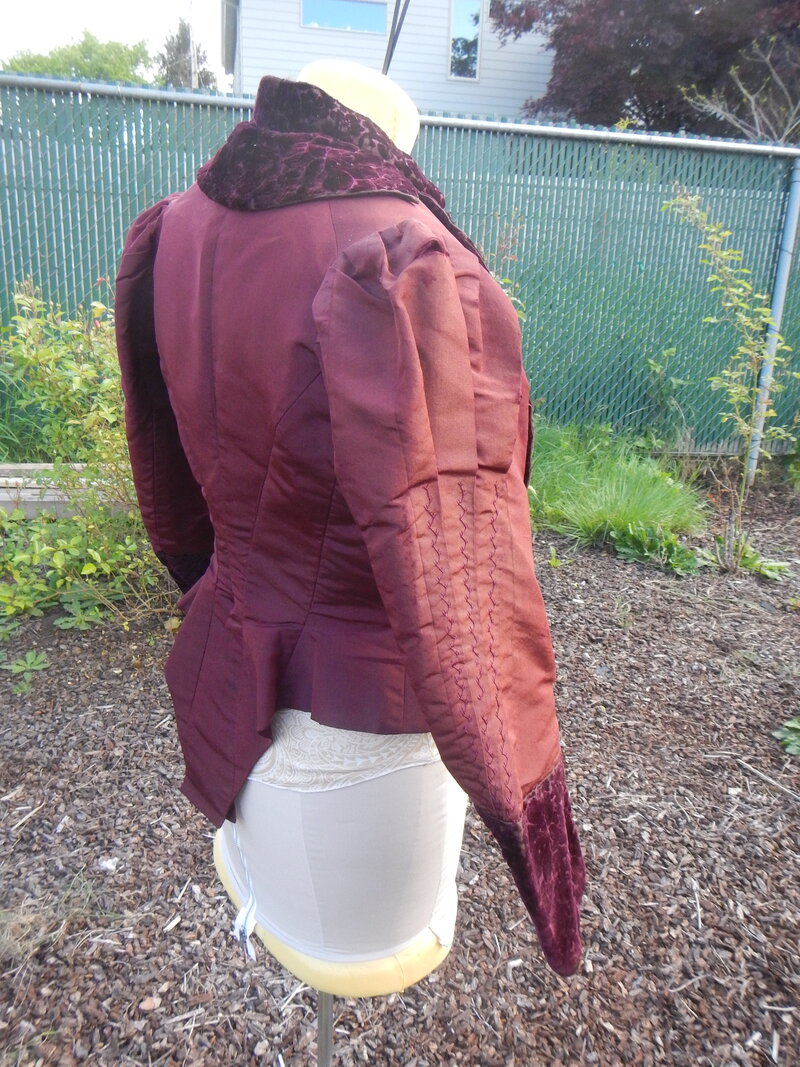
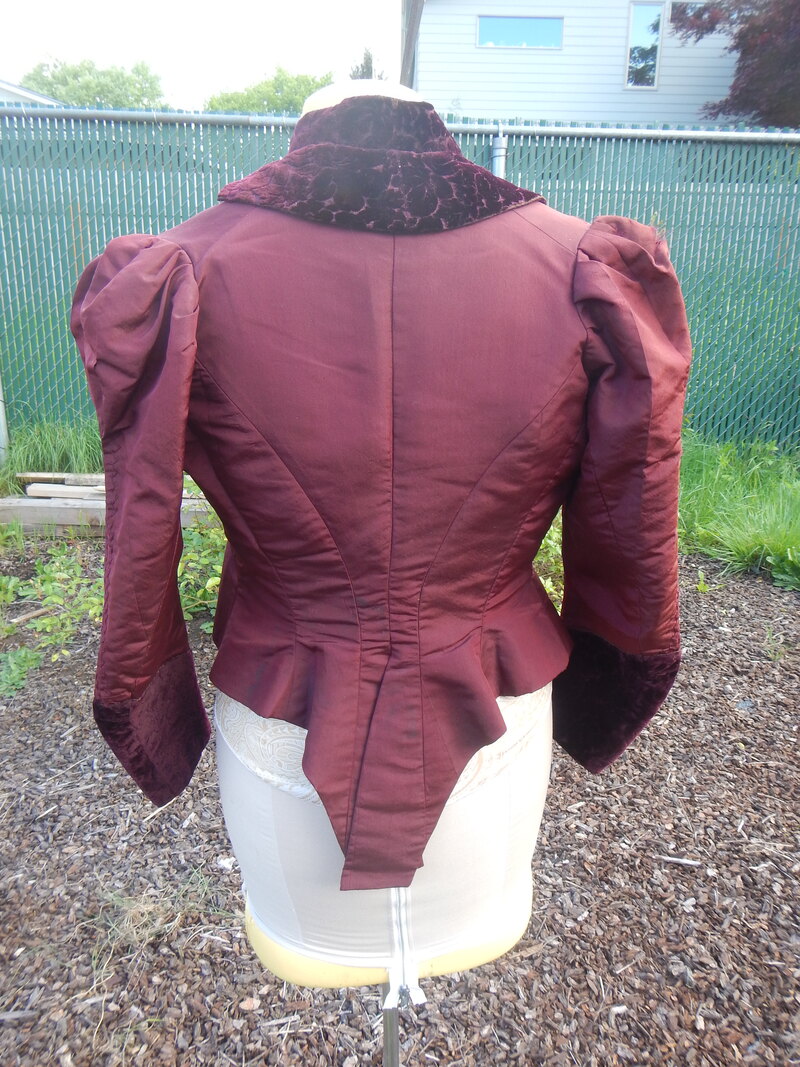
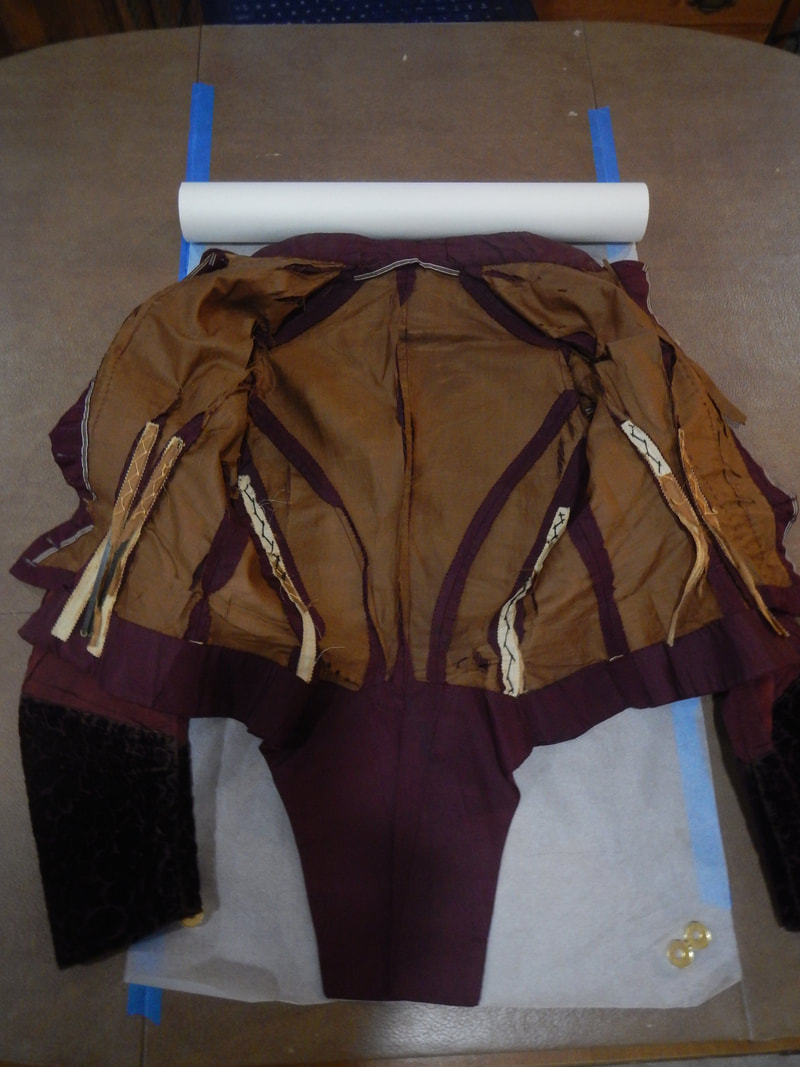
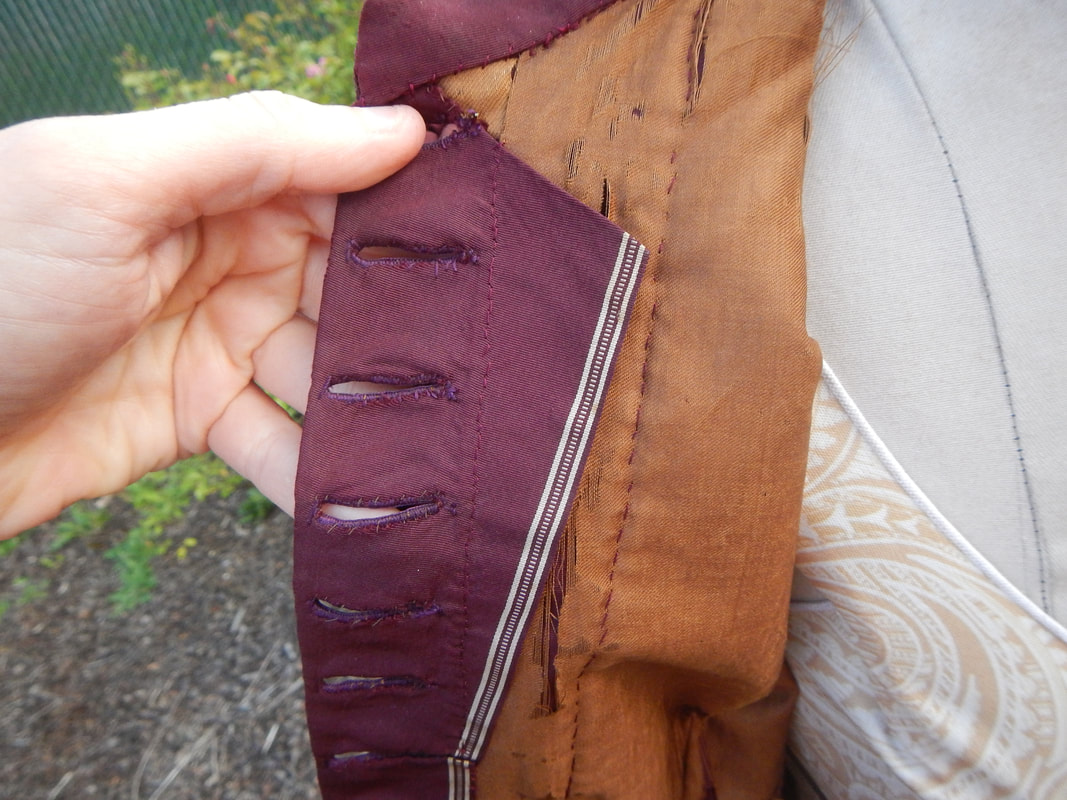
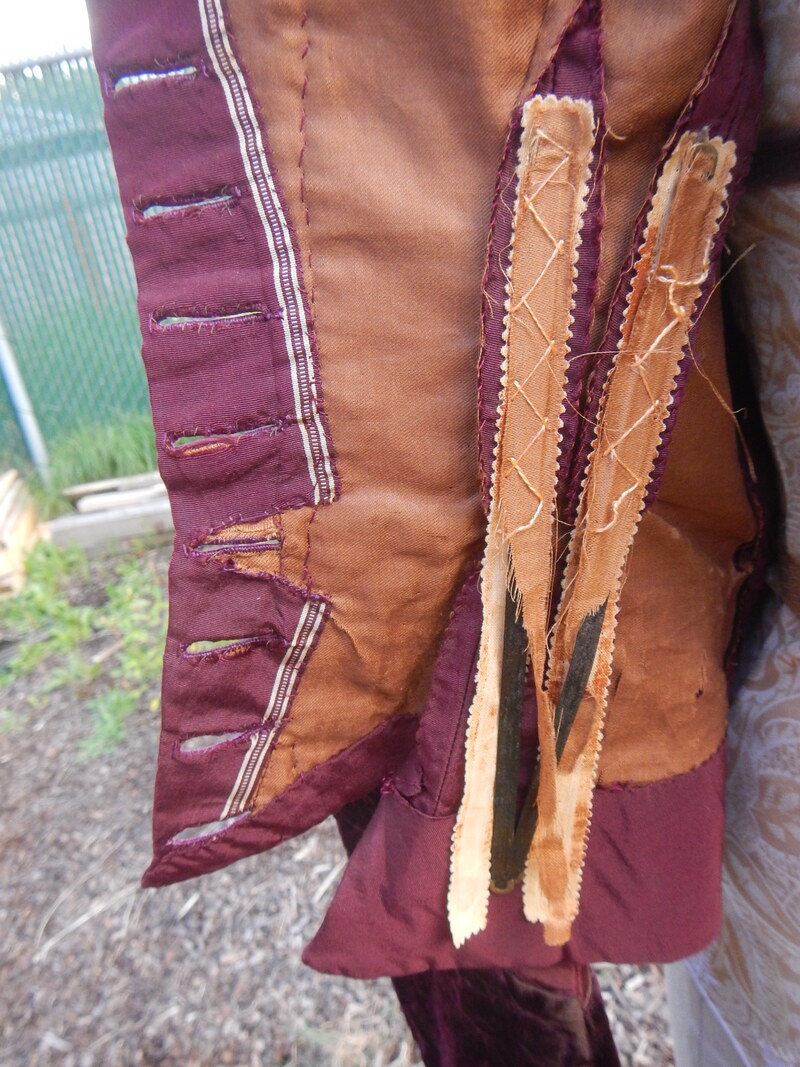
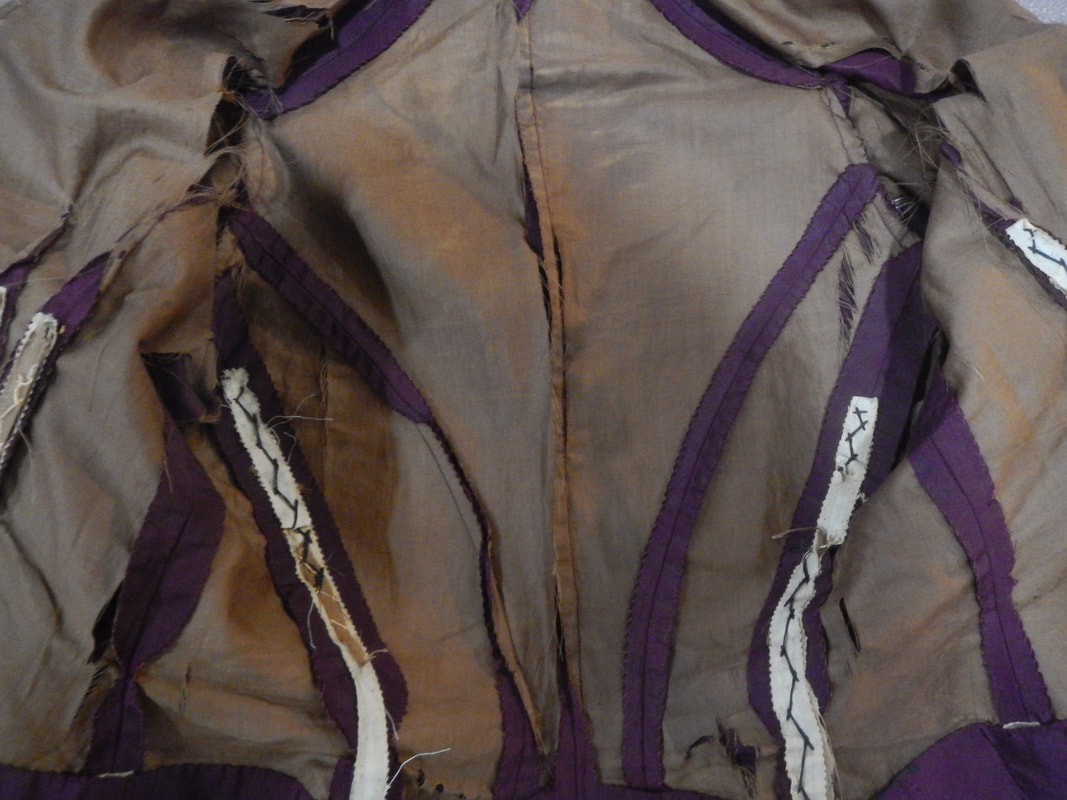
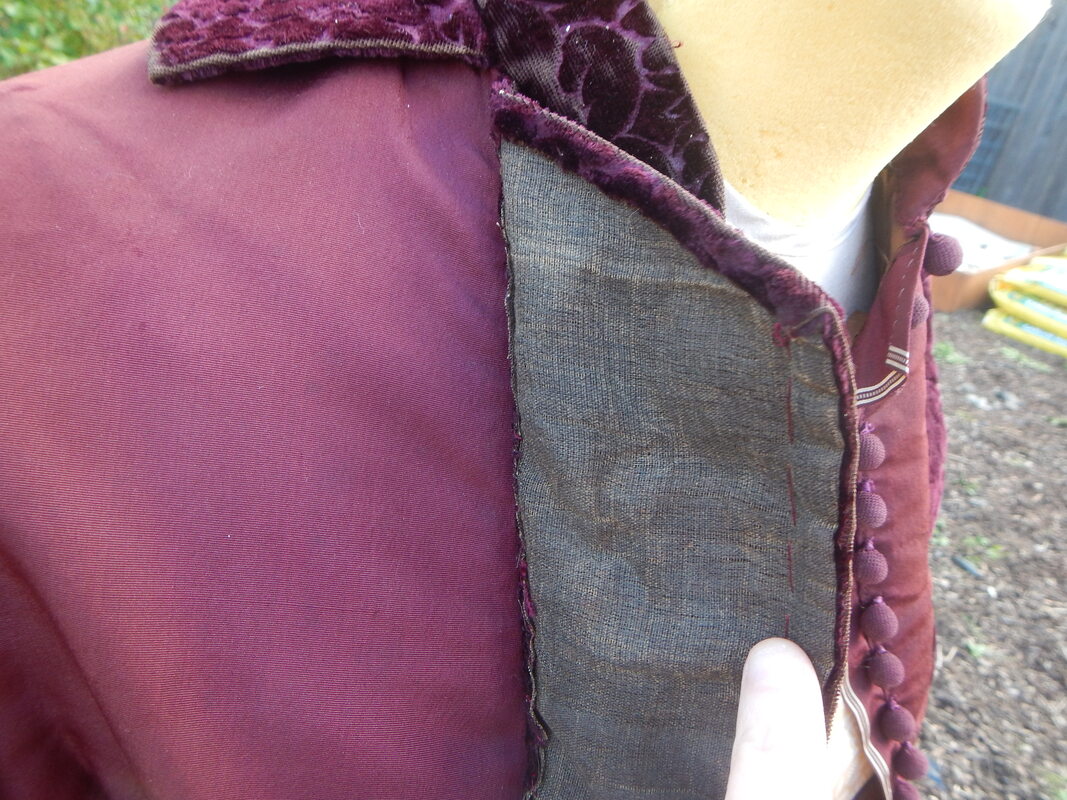
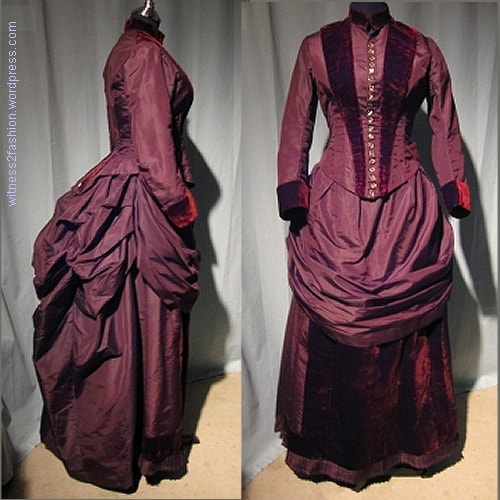
 RSS Feed
RSS Feed